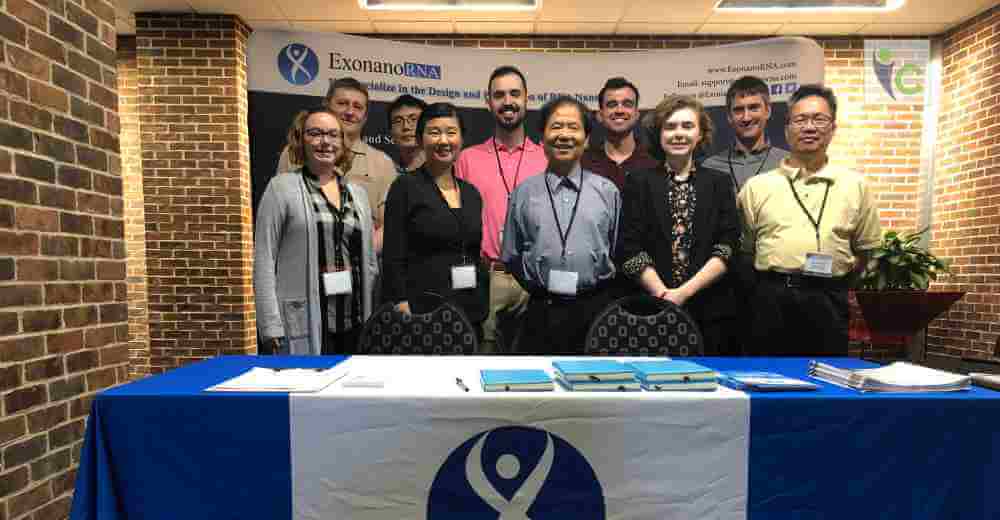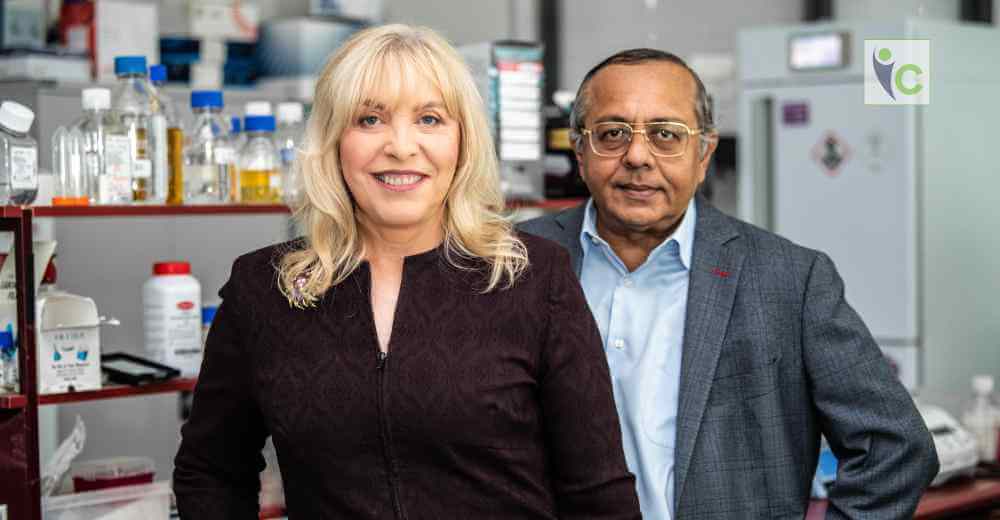Nanoscale technology is widely used in medicine and medical devices where manipulations are made at the microscopic level, taking advantage of novel properties of a material. Primarily, this field focuses on medicine and making improvements in the delivery of treatments and healthcare outcomes pertaining to disease diagnosis, treatment, and prevention.
Nanotechnology is changing the biotech and pharmaceutical industries now and forever, opening new possibilities to make significant advances in medical diagnostics and treatment in the near term.
ExonanoRNA is a firm advancing in personalized therapeutics through developing targeted delivery therapeutics on a unique platform that is positioned to capitalize on and drive this trend.
The Research Corporation
ExonanoRNA LLC established in Columbus, Ohio in the year 2017 is driving its efforts intending to advance the development of safe and personalized therapeutics for patients with cancer and infectious diseases. It aspires to serve the patients and the scientific community through expert technical services on oligonucleotides and exosomes-based drug development and innovative pharmaceutics based on its unique RNA nanotechnology platform.
Accompanied by extensive scientific expertise, the company has succeeded in developing a broad range of innovative RNA nanotechnology. The firm has its focus on RNA nanoparticles and ligand-displaying exosomes for next-generation targeted drug delivery and disease diagnosis.
The company’s work and products are closely based on decades research and study by Dr. Peixuan Guo on RNA technology. Through this research, the company ascertains, RNA nanotechnology has shown to overcome the limitations of conventional cancer therapeutics. The therapeutic is capable of providing specific delivery of drugs (siRNA, miRNA, and chemical drugs) with significant effects, reduced toxicity, and side effects.
The Optimist of the Research Field
ExonanoRNA has the vision to improve the life of patients through innovation in treatment and delivery of medicines by combining RNA nanotechnology and targeted drug delivery. Dr. Peixuan Guo’s track record in executing that vision makes him innately adept to direct the team he has assembled from scientists and innovators in the field to lead this enterprise with confidence.
Dr. Guo has received his Ph.D. in Microbiology and Genetics with training in biophysics from the University of Minnesota and honored twice as the university distinguished alumnus. He is a relative newcomer to the position, but not to the nanomedical field. He began his professional career in Nanobiotechnology some 30 years ago.
Being a former research fellow at NIH, Dr. Guo founded the NIH Nanomedicine Development Center and assumed the center’s directorship.
Prior to his current role and after serving as the prominent Faculty Scholar at Purdue University, he has held three endowed chair positions at three prestigious universities including the current one at The Ohio State University. He has been the Director of NCI Cancer Nanotechnology Platform Partnership Program in RNA Nanotechnology for Cancer Therapy and OSU Center for RNA Nanobiotechnology and Nanomedicine.
He has chaired more than eight international conferences on RNA Nanotechnology and Nanomedicine.
He assembled a team of scientists and proven innovators in the field that have stood by him over the years in pushing the field forward. Dr. Fengmei Pi, General Manager and VP of Operations (CN) is a former graduate student of Dr. Guo’s, co-inventor on company IP relating to ligand-displaying exosomes and first author of the seminal paper on the same technology in Nature Nanotechnology.
Dr. Mario Vieweger, VP of Operations (US) and Director of R&D is a former Postdoctoral Researcher of Dr. Guo’s and co-inventor on company IP relating to its RNA nanoparticle platform. Mario held PI status at The Ohio State University and Fengmei served in a pharmaceutical company for more than 6 years before joining ExonanoRNA in summer of 2018.
The Commendable Discoveries
Dr. Guo constructed the first viral DNA packaging motor in vitro (PNAS, 1986), and discovered the phi29 motor pRNA in the following year. He foresaw that many small RNA with novel functions are uncovered but present in cells (Science 1987). He is the first one to report that the enzymes drive viral DNA packaging are ATPase, and reported the ATP-binding consensus sequences (J Molecular Biology, 1987)
Considering a deep analysis and study Dr. Guo assembled infectious dsDNA viruses which resulted in the findings of pRNA hexamer in 1998, thus proved the concept of RNA nanotechnology (Molecular Cell, 1987). His perseverance and constant research pioneered RNA nanotechnology (Nature Nanotechnology, 2010, 2011, 2018).
With scientific expertise accompanying his study he built a dual imaging system to detect single-fluorophores and invented the technology for single molecule counting using photobleaching (EMBOJ, 2007). The phi29 motor channel was integrated with a lipid membrane for single molecule sensing with potentials for high throughput dsDNA sequencing.
Recently, he discovered a third class of biomotor using revolutionary mechanisms without rotation.
Culminating Excellence through Achievements
All of Dr. Guo’s outstanding and selfless contribution to the study has accredited him with great honors. Remarkably, he has received the ‘Pfizer Distinguished Faculty Award’, ‘Purdue Faculty Scholar award’, and ‘Purdue Seed Award’ consistently in the years 2004, 2005, and 2007. Dr. Guo is a proud recipient of ‘Lions Club Cancer Research Award’ making him a distinguished personality in the research and medical arena.
A Modernized Therapeutic Impervious to Toxicity
By Dr. Vieweger’s own admission, RNA nanoparticles have several advantageous properties that have allowed ExonanoRNA’s research and nano-technology to severely reduce toxic side-effects. According to him the most dominant of those are:
- The RNA nanoparticles use ligand-mediated targeted delivery. The negative charge disallows non-specific passing of negatively charged cell membrane which does not enter cells comprehensively minimizing the side effects.
- The nanoscale consisting of size 10 – 40 nm is large enough to avoid the filtration by kidney and blood vessels, and relatively small to be trapped by organ macrophages. Thus, the particles do not accumulate in liver and other organs avoiding the repercussions of toxic effects.
The negatively charged RNA nanoparticles having pharmacokinetics parameters can reach tumors within an hour of injection. The nanoparticles that fail to target the tumors get washed out through urination.
Dr. Pi reflects that a broad knowledge gained from classical RNA biology research has laid a solid foundation for RNA nanotechnology. She has recently succeeded in combining this technology with exosomes. She assures that it can provide a method to generate ligand-displaying exosomes as drug delivery vehicles for RNA interference, messenger RNA, chemical drugs or large proteins, and complexes such as CRISPR/Cas9.
Comprehending the Future
The team aims to adopt a dual-line-of-business approach for successful business development. They have divided their business into a long-term and short-term plan. In the upcoming years, they plan to develop RNA nanotechnology therapeutics for cancer and infectious diseases. To ensure its success, in the next few years they are working out to implement a biotech sales business which they believe will fund the operational expenses.
Explore more about the excellent work and novel contributions of the leaders driving the success of ExonanoRNA, visit https://www.exonanorna.com/















